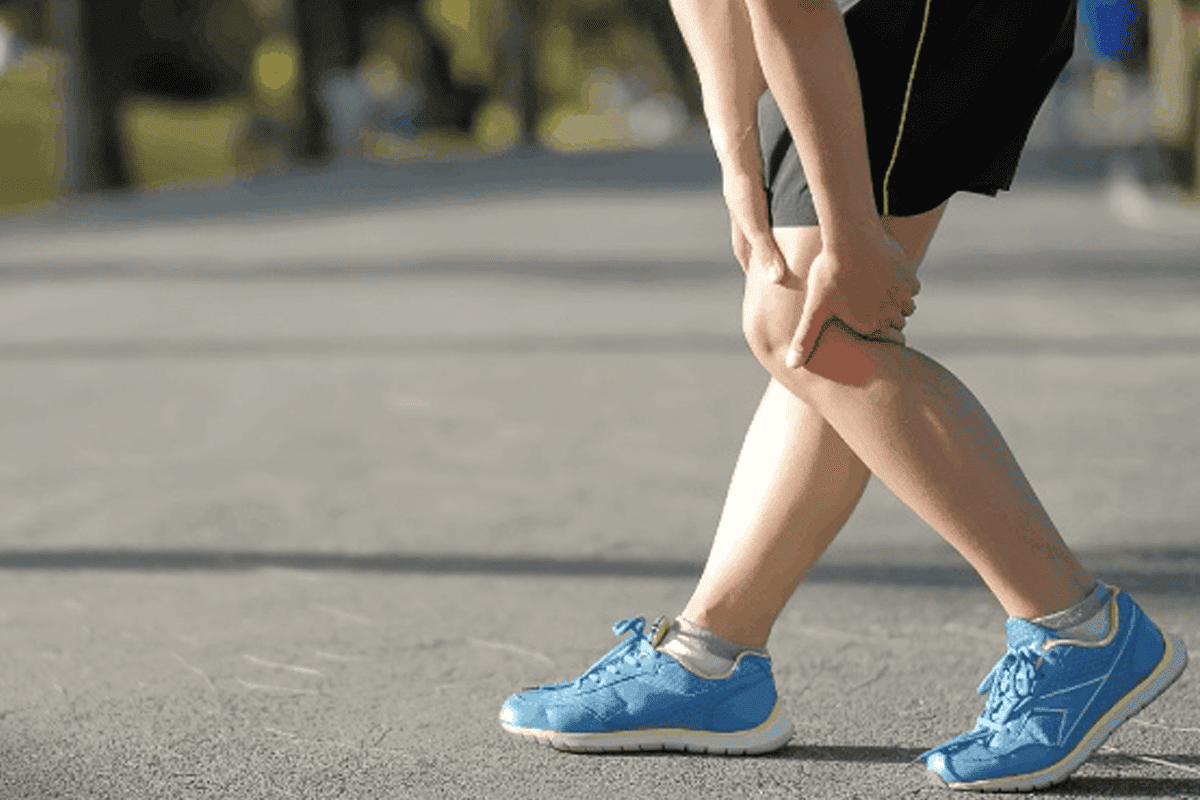If you’ve ever been running and felt a deep ache near your kneecap, odds are you are dealing with a case of “runner’s knee”.
It may be tempting to just keep running through the pain, but doing this has the potential to result in permanent damage at your knee.
This article will explain exactly what runner’s knee is and what is the root issue to help you resolve your symptoms and return to running pain-free.
What is runner’s knee?
Runner’s knee is a diagnosis that is often given to pain that occurs in the front portion of your knee near your kneecap with running. Another name for runner’s knee is patellofemoral pain syndrome.
What are the symptoms of runner’s knee?
The symptoms of runner’s knee are often described as a deep ache or sharp pain near or directly underneath the kneecap that is brought on when the individual starts to run.
If the issue is severe, you can generate an inflammatory response underneath your kneecap at the knee joint that creates symptoms that linger up to 48 hours after running as well.
This is why some runner’s may report their knee pain disrupts their sleep on a day after they have ran a significant distance.
What causes runner’s knee?
Runner’s knee is often caused by excessive compression of the patella (your kneecap) on the femur with running.
This excessive compression happens because your kneecap is not tracking appropriately along your femur as you run. This causes it to run into the ridges of the femur bone and results in pain.
Your kneecap tracking can be improved by addressing any soft tissue or joint mobility deficits along with strength in your leg and hip muscles.
Potential Diagnoses
While runner’s knee can happen without any other concurrent diagnoses, it is often accompanied by one of the following diagnoses:
- Patellar tendinitis
- Quadriceps tendinitis
- Knee valgus alignment (knees that fall inward)
- Osteoarthritis
Did you know?
Did you know if you ignore your runner’s knee you could cause potential long-term damage to your kneecap?
If you continue to run with runner’s knee and never seek out treatment, you could cause the bottom side of your patella to degenerate from all the grinding. And if the bottom surface degenerates significantly, this could cause pain with simpler activities like walking.
This is why it is critical to seek out treatment for your runner’s knee when your symptoms first begin so you can avoid potential long-term pain and dysfunction.

